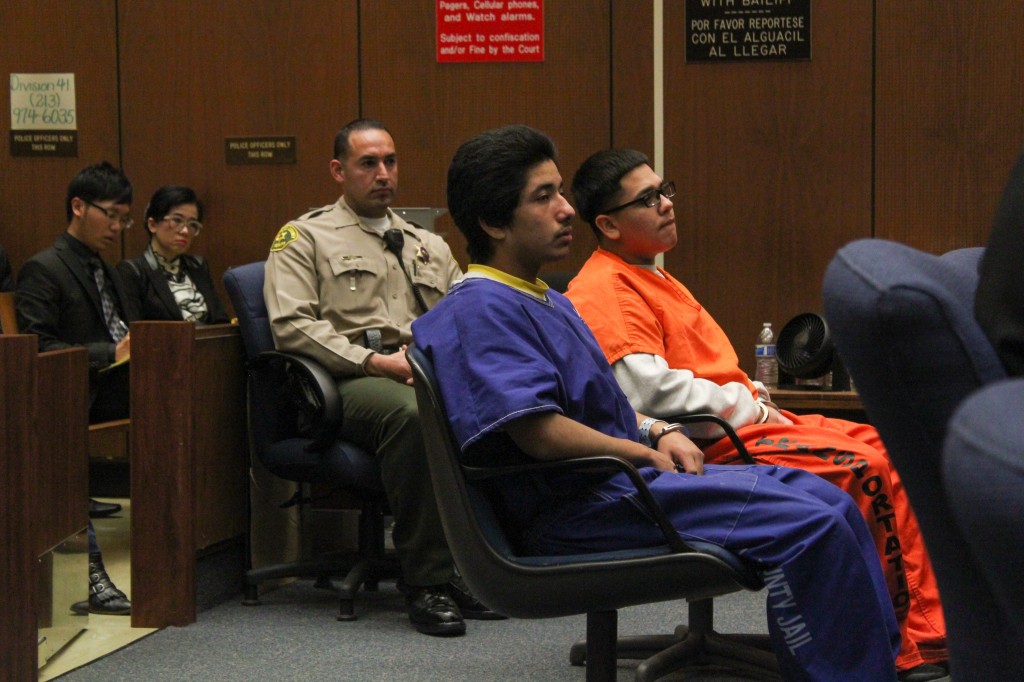
Jonathan DelCarmen and Alberto Ochoa listen to witnesses give testimony as Rose Tsai, attorney for Xinran Ji’s parents, watches from the audience. | Daina Beth Solomon
By Daina Beth Solomon, Celeste Alvarez and Olivia Lavoice
Xinran Ji died from swelling and bleeding inside his brain after being struck on the head at least six times with a blunt object, possibly a baseball bat, testified a L.A. County medical examiner Wednesday as prosecutors revealed evidence about the killing.
The 24-year-old from China was attacked last summer in an attempted robbery near his apartment, blocks from where he studied engineering at the University of Southern California.
Deputy medical examiner Louis Pena said any one of six blows could have been fatal. Ultimately, the brain stem, which controls one’s breathing and heart rate, failed as capillaries ruptured and bled. [Read more…]









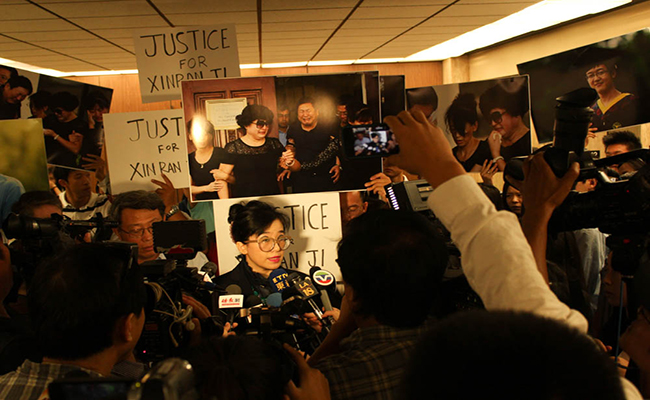

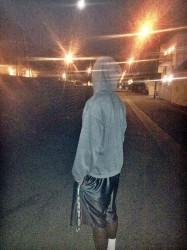

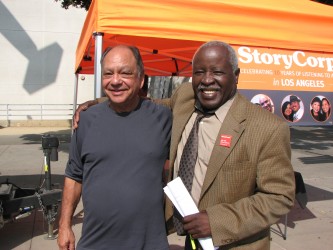

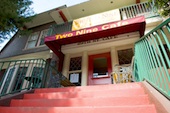 When employees leave him high and dry on a busy Friday night, the restaurant manager of the 2-9 Cafe does not think twice about picking up the slack. He quickly clears a table, places an order for patrons, and delivers food to a group of hungry customers. For Garinn Morton, this is just one of the many obstacles he has overcome as the owner of this establishment.
When employees leave him high and dry on a busy Friday night, the restaurant manager of the 2-9 Cafe does not think twice about picking up the slack. He quickly clears a table, places an order for patrons, and delivers food to a group of hungry customers. For Garinn Morton, this is just one of the many obstacles he has overcome as the owner of this establishment.




